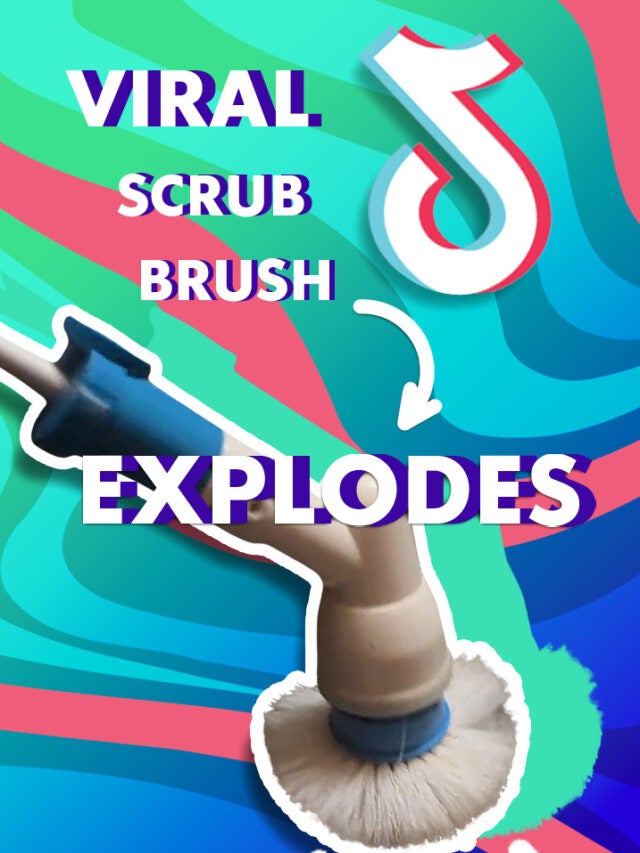Choosing the right backpack sprayer can make or break your spraying efficiency, especially when tackling large areas. Stihl, a reputable name in outdoor power equipment, offers both manual and battery-powered backpack sprayers, each with its own set of advantages and disadvantages. This guide will help you navigate the decision-making process, focusing on key factors like torque, engine options (for manual models), and comparing them to competitors.
Understanding Torque: The Unsung Hero of Spraying

Torque, or rotational force, is often overlooked but crucial for effective spraying. In a manual Stihl backpack sprayer, adequate torque from the pump ensures consistent pressure and a smooth spray pattern, even when dealing with thick liquids or high viscosity chemicals. A low-torque pump will struggle, resulting in inconsistent spraying, fatigue, and potentially even damage to the pump itself. Look for specifications highlighting the pump’s torque capacity; a higher number usually translates to better performance and less user strain. While battery-powered models don’t directly list torque, the motor’s power output influences the pressure it can generate. A higher wattage generally equates to more consistent pressure.
Manual Stihl Backpack Sprayers: Engine Options and Power
Stihl’s manual backpack sprayers typically employ a diaphragm pump driven by a lever action. The feel and efficiency of this lever action is a key factor in the user experience. While Stihl doesn’t explicitly advertise “engine” specifications in the same way as for their chainsaws, the pump design and internal components directly affect the overall power and ease of use. Some models may offer features like adjustable pressure regulators, allowing you to tailor the spray to specific needs. Always check the manual for recommended usage and pressure settings for the chemicals you plan to use.
Torque and Towing Specifications (Manual Models): What to Look For

Although not strictly “towing” in the traditional sense, consider how the sprayer feels during prolonged use. A higher torque pump translates to less physical effort needed from you per spray cycle. Look for details on the pump’s material and construction; high-quality materials will offer better durability and resistance to wear and tear over time. Some Stihl models may offer optional accessories that can increase the capacity or add features that reduce strain on the user. This information is crucial for assessing the sprayer’s long-term performance and suitability for different applications.
Battery-Powered Stihl Backpack Sprayers: The Silent Powerhouse

Battery-powered backpack sprayers offer a quieter and more environmentally friendly alternative to manual models. Stihl’s battery-powered options prioritize ease of use and reduced user fatigue. While they lack the raw power of a manually pumped system in some cases (depending on battery size and pump design), they provide consistent pressure and eliminate the need for repetitive pumping. Look for models with high-capacity batteries for extended operation. Check the battery’s voltage and amp-hour rating; a higher number equates to longer runtimes.
Comparing Stihl to the Competition: What Sets Them Apart
Stihl’s reputation for robust build quality and longevity extends to their backpack sprayers. Compared to competitors like Field King, Solo, or Chapin, Stihl often boasts superior materials, more refined pump designs, and often more ergonomic features. While the initial cost might be higher, the long-term durability and performance often justify the investment. However, directly comparing torque specifications across different brands can be tricky as not all manufacturers provide the same detailed information. Focus on user reviews and professional recommendations to gain a better comparative understanding.
Practical Advice: Choosing the Right Stihl Backpack Sprayer for You

Consider the following factors before making your purchase:
- Spraying Volume: How much area do you need to cover? Larger areas may benefit from higher-capacity tanks and potentially more powerful (manual) pumps.
- Application Type: What are you spraying? Thick liquids might require a more robust pump. Specific nozzle types may also be needed for different applications.
- Frequency of Use: For infrequent use, a less expensive manual model might suffice. Frequent use warrants a more durable and comfortable sprayer, possibly a battery-powered one to minimize physical strain.
- Budget: Stihl sprayers typically fall within a higher price range than many competitors. Set a realistic budget beforehand.
- Ergonomics: A comfortable harness and well-balanced design are crucial for reducing fatigue during prolonged use. Test the sprayer if possible before committing to a purchase.
Maintenance and Longevity: Keeping Your Stihl Sprayer in Top Shape
Regardless of whether you choose a manual or battery-powered model, proper maintenance is essential for extending the lifespan of your Stihl backpack sprayer. Regular cleaning after each use is critical to prevent clogs and damage. Follow Stihl’s recommended maintenance schedule, paying close attention to the pump (for manual models) and battery (for battery-powered models). This proactive approach will ensure years of reliable performance.
Conclusion: The Right Tool for the Job
The choice between a manual and battery-powered Stihl backpack sprayer ultimately depends on your individual needs and preferences. Manual models offer robust power for demanding tasks, while battery-powered options provide convenience and reduced fatigue. By carefully considering the factors discussed above, you can confidently select the ideal Stihl backpack sprayer to meet your spraying requirements and enhance your efficiency.


